One of the most timeless strategies to build a fast-growing startup is to take something that used to be hard... and make it easy. Getting corporate credit cards was hard... then Brex ($12.3B) and Ramp ($7.5B) made it easy. Design used to be hard, then Canva ($26B) made it easy.
It's one of those simple strategies that only requires two things:
- Finding something that's hard to do (and everyone expects to be hard)
- Seeing a reason it doesn't have to be hard anymore.
Video creation is one of the hard things that's true for.
Creating good videos used to be hard for a couple of reasons:
- Good cameras were clunky and expensive. Footage was pixelated, shaky, and sounded awful. You had to be a tech nerd to produce videos and produce them well.
- With slow internet and limited mobile access, people couldn’t watch as much on the go. (Ah the good ‘ol days where people actually talked to each other and went outside to touch grass.)

Because video was so hard, it was meaningful. If you produced a video for it, it meant it must be important.
Now we all have a lightweight iPhone camera and high-speed internet in our pockets. It's easier than ever to produce and consume video. (And with TikTok... never talk to another human again. But that’s another story.)
This makes video ubiquitous. If you've used social media recently, you know that whether it's X, LinkedIn or Instagram, it all looks like TikTok now with the short-form video.
Because there's so much upside in video creation, many companies want to do it - which means it's valuable to enable them.
This is exactly what the 5 video startups we're featuring in this article are doing. They make it easier to produce great videos with low friction.
Here are the 5 different product strategies these companies are using:
Descript makes a hard skill feel easy by making it familiar
Humans love what's familiar. It’s the safer and “using-fewer-brain-cells” option. If I told you to learn video editing, you probably wouldn't be excited. but if you could edit videos without learning anything new, you'd probably be pretty excited.
That's exactly what Descript does. Their AI product that makes editing a video like editing a Google Doc.
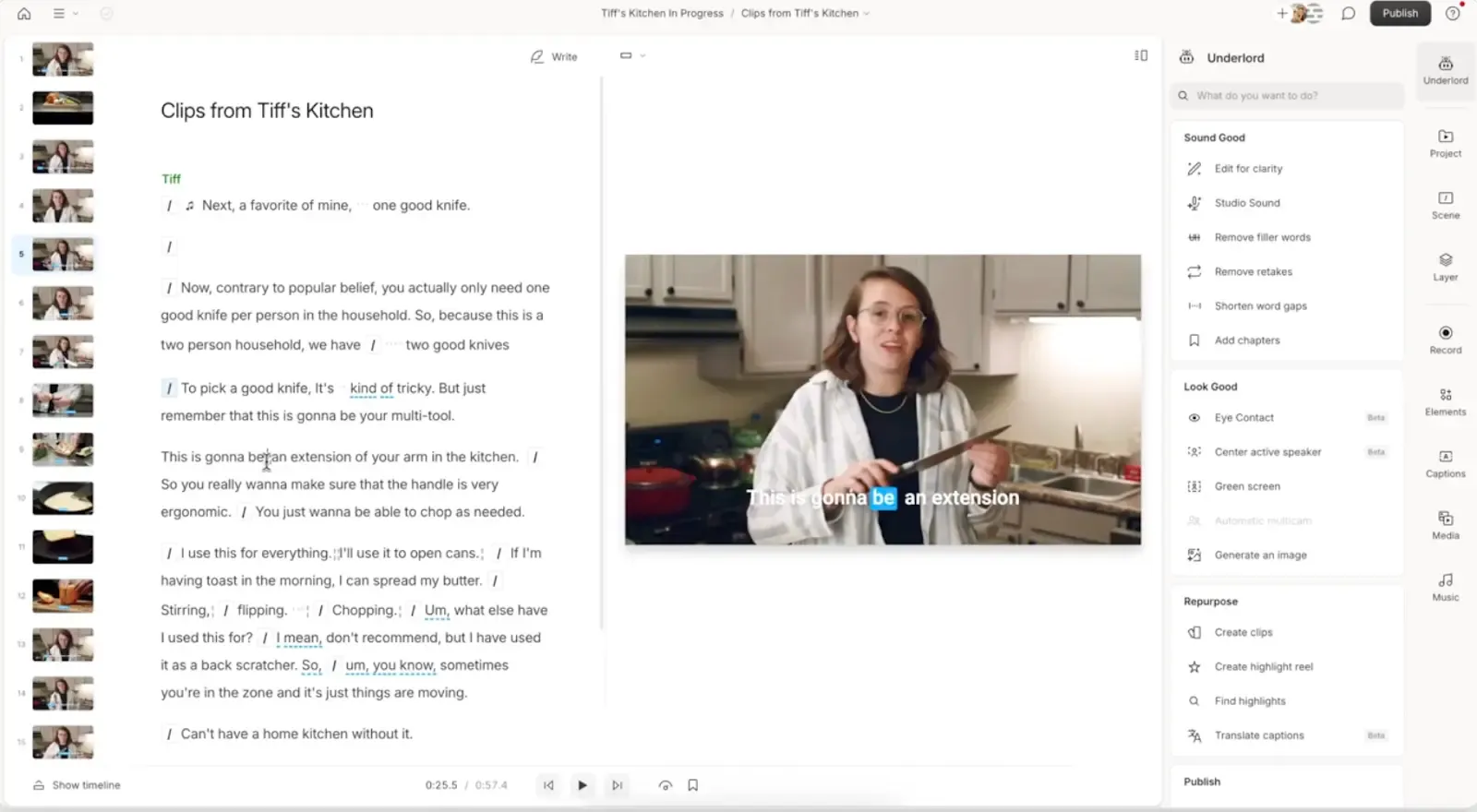
They position themselves as: “A video editor that you already know how to use.” And they should - that's boast-worthy! Content creators without editing experience don't need to feel self-conscious. The product embraces their objections by designing for their skill level.
Instead of daunting editing software that speaks a different language, users know what to expect. They're confident before they even start. Checkmate! (But like, in a good way).
The results speak for themselves. It's so easy even Conan O'Brien, HubSpot, NPR, and Zapier all use it for podcasting, social media, & webinars.
There's a product strategy lesson to learn here: To simplify a workflow for your users, change the way they interact with the software. That way, you meet users where they are and reduce most of the onboarding friction.
How Tella made Loom for creators
Loom is one of the biggest PLG success stories (read our breakdown of their onboarding here). They changed how (remote) companies communicate: Send a quick video instead of writing an endless report.
This is great for internal communication, but Loom screenshare videos weren't great for creators or marketing purposes. Which was fine - Loom was meant for internal communication. But that's where Tella saw an opportunity.
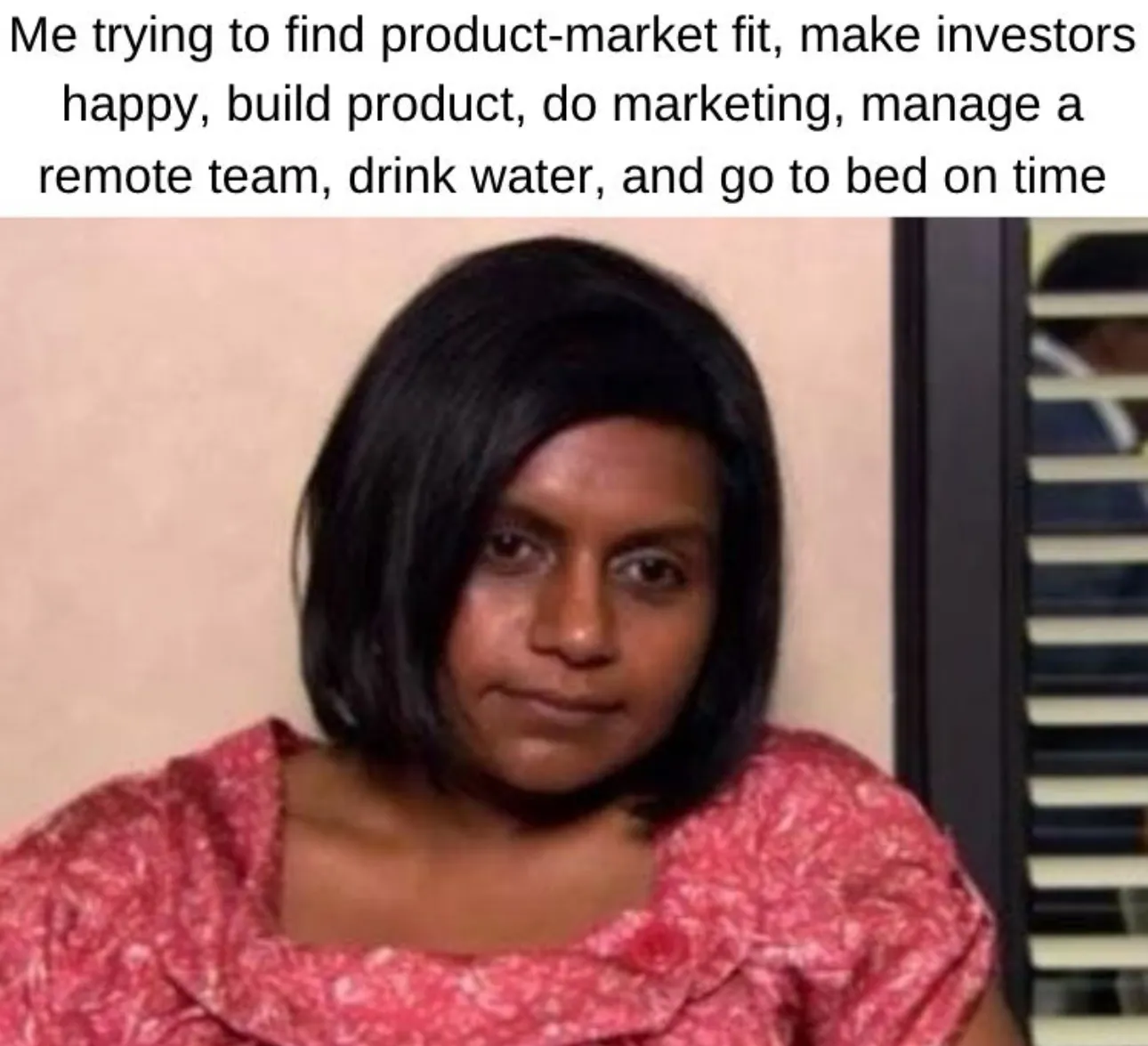
Tella is a screen-record and editor that fixes this. It's like Loom for creators sharing branded, polished videos for large audiences.
Tella uses the classic "Beachhead strategy": Find a segment of the market (creators/marketers) underserved by the current solutions (Loom). Then build a product that serves them 10x better than the current solution.
I talked to Paul-Henri Boudet, Head of Growth at Tella about this frictionless magic:
“You can be a creator who knows nothing about videos and within minutes, have your first great-looking video to share with your audience. People love to save time, so in our case, features like the ability to change the layout of the video in just 1 click (e.g. go from full face to face + camera with a nice transition), apply a stylish background, or automatically remove silences are always popular - all without the need to know video editing.”
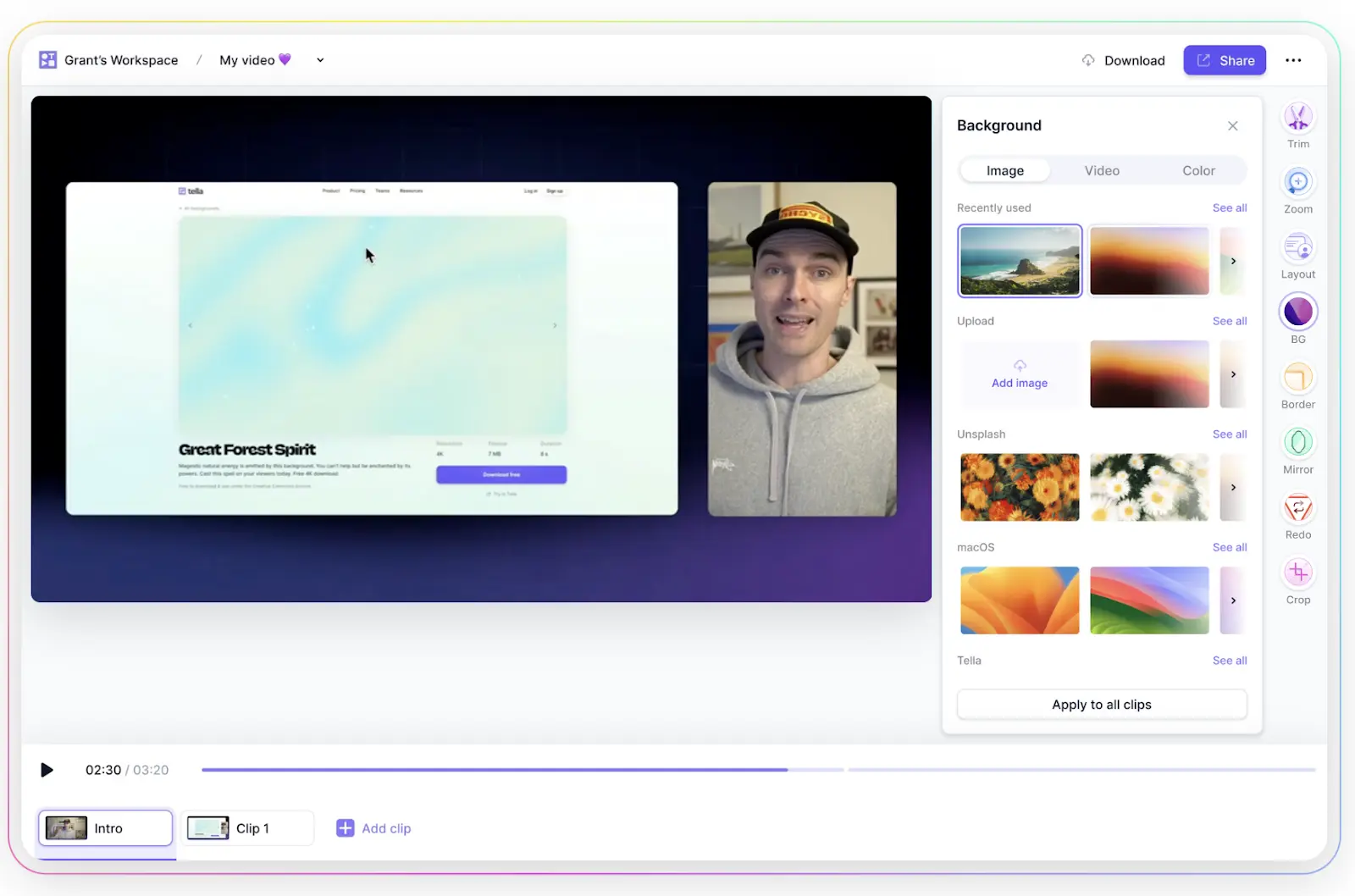
Boom done. For online course creators who have no idea what they're doing. For founders who need a personal brand for social media. For coaches who can't stop rambling with filler words.
Tella cares about the internal setbacks of their customer base. To fit that underserved market perfectly, they built a specific product for regular people, not video nerds.
This is how you can fill the gap your competitors dismiss.
Storyblocks create a native product within an existing user workflow
It's great if you can revolutionize how people do something. But most workflows have something like "ingredients". For video editing, the main ingredient is, well videos. And if you're not going to fly around the world getting footage, you'll probably use some stock footage.
Storyblocks is a video and audio stock footage product that makes it easy to use inside… the thing you’re already using.
Customers will quit if the journey of using your product is too hard. Especially industry experts who want to avoid another of their 870 tabs or softwares that disrupt the creative process. Storyblocks takes this and runs with it, infusing their product directly with the workflow their user already uses.
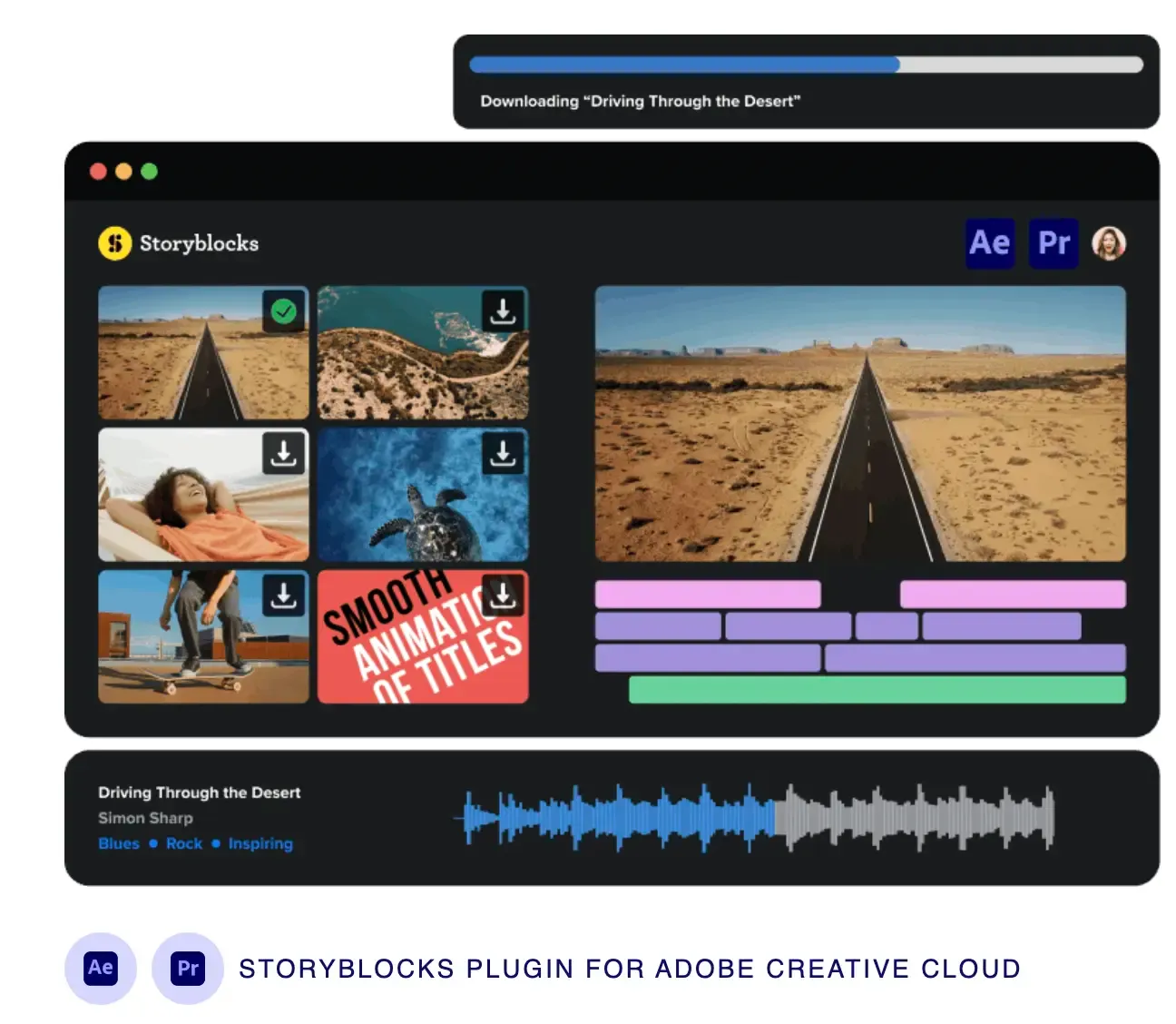
CEO TJ Leonard tells Forbes about how this product strategy impacts churn for one of their customers:
“Vistaprint's product team initially approached us in response to data they discovered in cancellation surveys. They learned that the number one reason that people cancel from their website was because of the lack of content available within the tool.
Vistaprint dug into the customer experience, and what they saw were a lot of customers who eventually churned conducted unsuccessful searches for content over the course of building their websites. The search results often yielded limited or no content at all.
After integrating our library, the number of customer searches returning empty results, as well as support calls from frustrated customers, went to zero virtually overnight.”
Ready-to-use templates and effects compatible with their After Effects, Premiere Pro, Apple Motion, and DaVinci Resolve tools? Say less.
Storyblocks uses a timeless product strategy: They're not competing with the video editing software, but they're benefitting everyone in the creation flow: Users find it easier to make great videos when they have stock footage access. Editing tool companies have every incentive to work with Storyblocks because it improves their user experience. Everyone in the value chain has an incentive to use Storyblocks.
Instead of offering disjointed tools for audiences (like Ikea!), create a product compatible with every tool your customer already uses.
Not only do you avoid a crowded marketplace, but you win the war on making their lives even easier. Like, the easiest. That will reflect their loyalty.
Veed.io cuts the features you'd never use
Do you still remember that wretched day you first stepped into a Starbucks where they spoke a different language, had 2198 different menu drinks with a corresponding 57 syrup flavours, and sizes that would’ve made the Italians in Rome cry?

All you wanted was a coffee. Black. So you left.
As a video creation tool, Veed.io seems to know this phenomenon all too well. Most video editing tools are made for, well, video editors. They're feature-rich products that offer the pros everything they need to do their job.
But the people now getting into video editing thanks to ubiquitous cameras and and internet connections don't need perfect videos.
This is the exact need of Veed's customer base of podcasters, influencers, coaches, and businesses: make content that looks good without the time capital or fancy solutions like Final Cut Pro. In between a hundred tasks flying at them, they need something simple and practical - with scroll-stopping results.

Veed.io packs a punch with the most important features that move the needle for this use case. With subtitles, HD exporting, video templates, a stock library, eye-contact correction, and AI tools like Magic Cut and AI avatars, users save hours of editing.
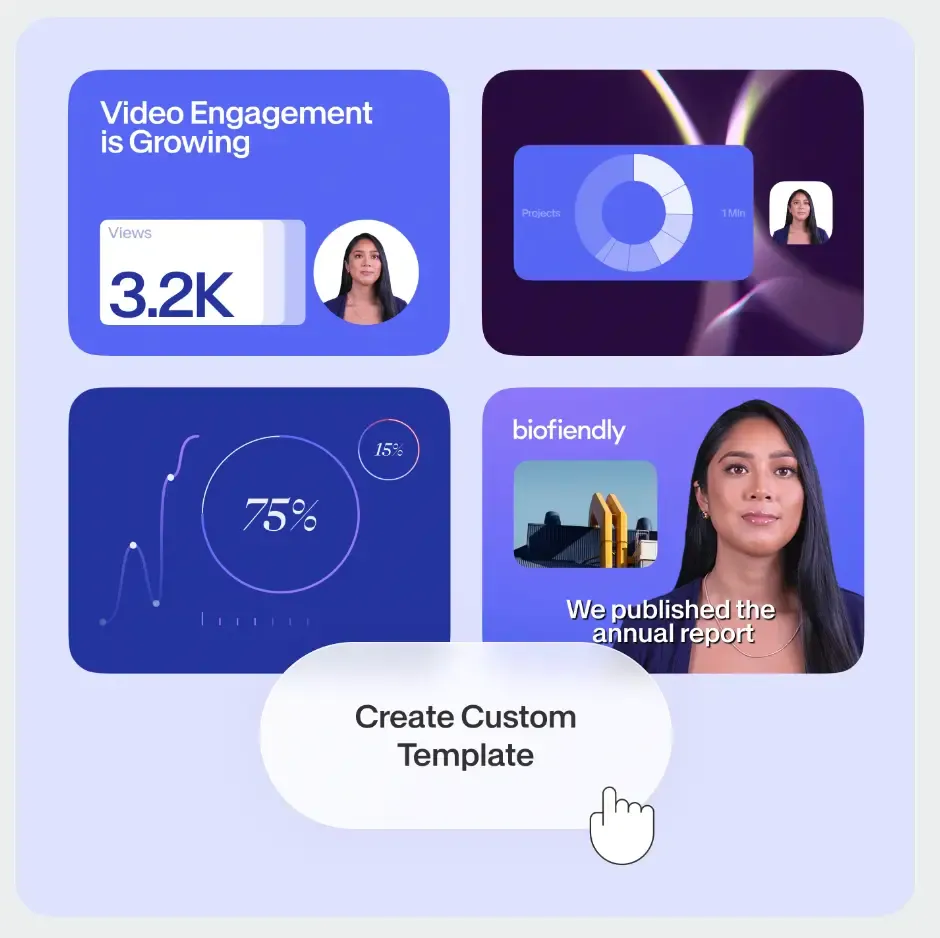
The moral of the story is: don't overwhelm your users with features they won't end up using anyways.
Unlike coffee - you can't serve everyone. Build a simple product that serves your one audience well.
Repurpose.io: Focusing on what happens after the core workflow
Repurposing is a content secret weapon but with a lack of time, often left on the back burner of a marketing strategy. And then? Repurpose.io - a content distribution platform - enters the [video] chat.
Repurpose.io sees their market's current content workflow (video editing), and focuses on the overlooked pain point of what comes after content creation, not during.
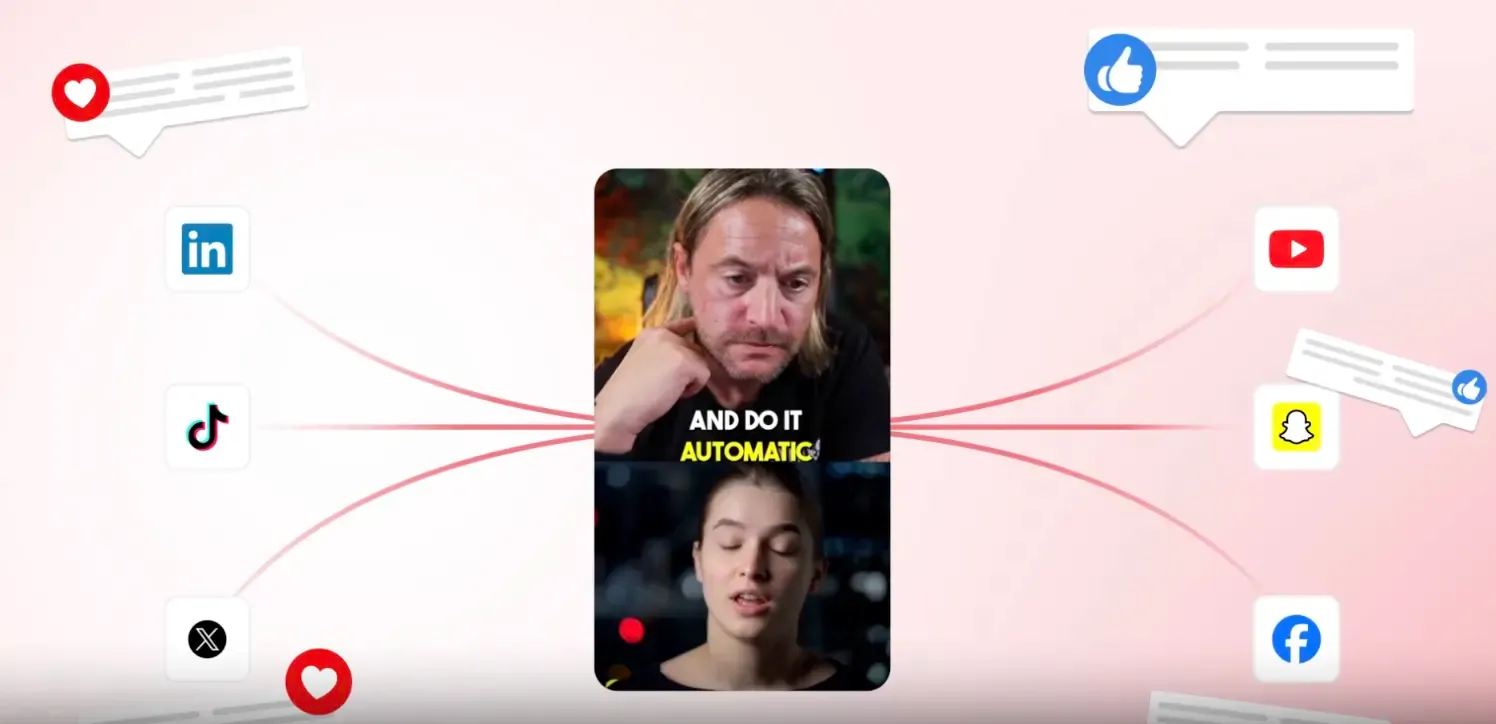
That's a great way to position yourself and go to market: Instead of competing on the main problem, solve the next thing your user would do after using the incumbent products.
I spoke to Hani, the CEO and Founder of Repurpose.io about how he did this:
“We eat, sleep, and breathe content creation and stay on top of all the latest trends. I built a small product first (before Repurpose) to scratch my own itch of automating YouTube videos to my blog. Then built a few others in a similar space (automating podcasts to WordPress blog). Then those customers told me they wanted to automate across platforms and that’s how Repurpose was born.”
Hani met his market right where they were at with a single timely solution. He didn't even have to change user behaviour like other media tools that ask you to upload content through them.
Hani has a different strategy, "We let you post to your favourite platforms native (TikTok, IG, etc) and automatically detect new content from there and distribute it for you." He automates what users are already doing natively. That's how you make it as easy as pie.
Focus on post-workflow workflow - one that may have gone unaddressed in the market. There is enough competition for those who already own a core workflow. And then quietly swoop in like the superhero you are, and become a category of it.
Your customers will show you how to differentiate yourself better than you ever could.
Making it easy starts with paying attention
Since we’ve learned that the attention span of a human is shorter than a goldfish, I probably should’ve recorded a video instead of writing this article...
In case you skimmed the headers right till the juicy end, I leave you with the meatiest chunk of it all: anticipate the next moves of your customers.

Take it as seriously as if you were on a FBI undercover mission. What are they thinking? What are they annoyed or overwhelmed with? What pain point has been ignored? How can you make your product so painfully easy it feels wrong to say no?
With innovative video products that prioritize a user-friendly experience, these 5 companies answer all the above.
Empower your customers to be irrefutably fearless in using your product.

















